Learning from the big Greens swing on Brisbane City Council
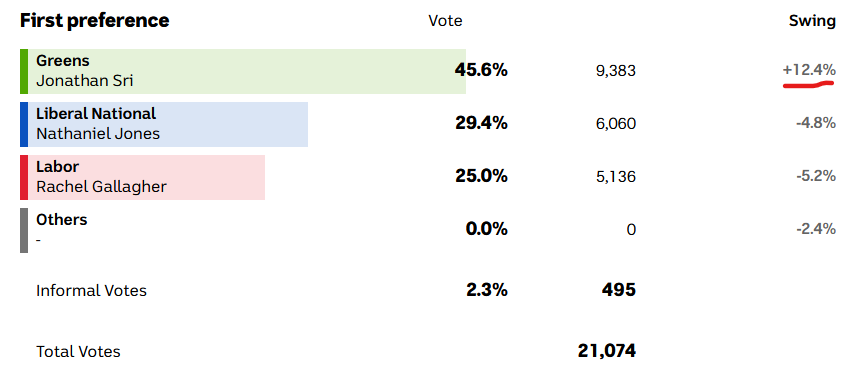
In the past few weeks, I’ve had quite a few Greens supporters – particularly from interstate – ask me how we pulled off such big swings in the Brisbane City Council election on 28 March, despite a hostile conservative media and attacks from the major parties. I don’t have time to write a long, detailed analysis of the entire election, but I wanted to at least highlight a few key factors that I think contributed to my big swing within the Gabba Ward, and also helped push up the citywide Greens vote.
Brisbane City Council is not like other local councils. The single-member wards have similar-sized populations to state electorates, and the council has a $3 billion annual budget. So our huge swing to the Greens holds significant ramifications for the upcoming Queensland state election.

Firstly though, we have to acknowledge that this was a very unusual election, with comparatively little media coverage and diminished public attention due to the COVID-19 pandemic. Most of the impacts of the pandemic arguably hurt insurgent Greens campaigns more than incumbent conservative councillors (suggesting our citywide swings might have been even bigger if not for the virus), but it’s still worth keeping this in mind when drawing conclusions that we might apply to other elections.
It’s also important to acknowledge that the swing I achieved within my ward was attributable in part to the general benefit of incumbency, which seems particularly strong at the local council level. People know who you are, and you have the advantage of having spent several years helping residents with practical local issues.
Having said that, in recent years, Greens election results in other states have shown that incumbency does not necessarily equal invulnerability. So we need to learn from incumbent Greens campaigns that get big positive swings in otherwise hostile political environments. In my case, the benefit of incumbency might have been mitigated by 4 years of sustained attacks by the conservative media, if not for some of the elements highlighted below.

Virus impacts on campaigning
The council election was held on 28 March (early voting opened on 16 March), just before Queensland initiated a wider-scale shutdown. Physical distancing practices were already being introduced around Brisbane, but Queensland public schools didn’t go ‘pupil-free’ until 30 March.
There was a lot of conjecture that the virus would dramatically reduce voter turnout, particularly among older, conservative demographics. The Greens were also concerned that younger people – who are less likely to engage with local government elections at the best of times – would be so distracted by the economic impacts of the shutdown that they wouldn’t even know the election was on.
Citywide turnout was down by around 6% compared to the 2016 election, which is not as bad as many of us predicted. A huge proportion of the electorate voted early or cast a postal vote.
Annoyingly, the Electoral Commission Queensland stubbornly refuses to publish any demographic data about who did and didn’t turn up to vote each election. But we do know that the 2020 turnout in inner-city wards like Central and Paddington (which are demographically younger) was down by over 10% compared to the 2016 election, whereas the drop in turnout in outer-suburban wards where the voting population skews older was more like 4%.
The biggest challenge for the Greens was that the virus robbed us of the opportunity to speak to voters at booths on election day and the final week of prepolling, as well as preventing us from doorknocking and talking to voters on the street in the crucial final 3 weeks of the campaign.
We also couldn’t hold any of the big public meetings and forums we’d been planning, and unsurprisingly, we found it impossible to get mainstream media to report on policy announcements that would’ve attracted statewide coverage in any other context.
On top of this, we know that during any kind of major crisis, voters tend towards re-electing the representatives they already know by name, which can make it a lot harder to convince people to swing towards a first-time Greens candidate.
Overall, my view is that the pandemic and shutdown depressed the vote among younger demographics slightly more than older demographics, but that this impact on our primary vote was negligible compared to the much bigger damage of not being able to run a proper field campaign in the final weeks.
No, this result had nothing to do with the summer bushfires
One of the main reasons I decided to write this piece was to definitively bust the false narrative that this swing to the Greens might be based on growing concerns about climate change and the recent bushfires. If we are to succeed as a political movement, we have to be able to distinguish between what voters’ actual motivations are, and what we wish voters’ motivations were.
Obviously I would really like it if more voters were swinging to the Greens because they were waking up to the need to prevent runaway global warming. As an elected councillor I personally spend a lot of time and energy advocating for stronger action to address climate change. But while climate change might be a major concern for the established base of rusted-on Greens voters, it’s still not necessarily a driving issue for the majority of voters that swung to the Greens in this council election.
Further down this page, I’ve included images of my campaign flyer and main campaign letter. As you’ll see, there’s no direct mention of climate change, even though many of the policies we advocated would indirectly help reduce fossil fuel emissions. The same was true of our citywide campaign initiatives.
In my electorate, when we talked to voters one-on-one who were swinging to the Greens, they offered a wide range of reasons for doing so, but climate change very rarely came up as a factor. Voters were concerned about political corruption and dodgy deals between politicians and big business. They were concerned about unsustainable development and poor transport planning. They liked our vision for a more sustainable, more equitable city, and it was ideas like free off-peak public transport, vacancy levies on empty buildings, and community voting on neighbourhood plans that really captured their imagination.
So no, we probably can’t attribute this pro-Greens swing to the bushfires. Acknowledging this reality obviously doesn’t mean we should stop talking about climate change, but it does need to factor in to our election campaign strategies and messages.
Getting the basics right
We ran a large field campaign. All the other stuff below was really important, but one of the main reasons we swung a lot of votes in the Gabba Ward was that we had around 1,500 genuinely meaningful conversations via doorknocking, another 700 via phone calls and several hundred more out on the street in public spaces. Our field campaign would have reached even more people if not for the virus impacting the final weeks of the campaign. Over 80% of our campaign budget was spent on paying campaigners’ salaries, and most of our paid organisers’ time was spent recruiting and mobilising a large base of volunteers to go doorknocking.
One-on-one meaningful conversations are now bread and butter for successful Greens campaigns in Queensland, and this was true not just for the Gabba Ward, but for all the Brisbane City Council wards where the Greens saw big swings, including Central, Walter Taylor, Coorparoo and Paddington. I won’t spend too much time labouring this point, because our approach to doorknocking and calling voters wasn’t so different from other recent campaigns, but it’s important to remember that one-on-one outreach was one of our main pathways for getting our messages out to voters. In the Gabba Ward campaign, we didn’t spend a single dollar on print advertising, billboard advertising or online advertising. We relied on one flyer, one letter (hand-delivered to every voter in the electorate), a lot of social media content, and a heck of a lot of conversations.
Our field campaigning wasn’t anywhere near as big as recent Greens state and federal campaigns in South Brisbane, but it was certainly a lot bigger than previous Brisbane City Council campaigns. When you add it all up, the Greens probably had more one-on-one meaningful conversations with voters in this campaign than most other Greens council campaigns around the nation would ever dream of.
A Community Organising Approach to Ward Office Advocacy
In the intro, I briefly mentioned the general benefits of incumbency. Without going into too much detail, it's probably also worth noting that over the past four years, we've used the resources of the ward office to actively support and co-organise community projects and activist campaigns in a manner that goes well beyond the work that a ward office or electorate office ordinarily does.
My ward office staff have worked really hard to be as responsive as possible to resident requests, and have taken an approach of striving to assist people with the issues they raise even where those issues are well outside the traditional field of responsibility for a local councillor. We've actively organised a broad range of community art projects, street festivals, planting days, protests and political forums, all of which helped raise my profile and shifted the political commonsense of the electorate.
I could probably write an entire article on this topic alone, and I think it's a really important element of our success that's probably under-recognised because it occurs outside the immediate context of the actual election campaign. If you want to get a feel for this work, check out some of the photos, videos and past events on my Facebook page.

The importance of aesthetics
Everyone knows I’m a Greens member. My party affiliation appears on the ballot paper and is regularly reported in the media. The vast majority of the 9300 voters who gave me their first preference would have been under no illusions that they were voting for a Green rep. Yet if you looked at our main campaign flyer, letter, and social media presence during the campaign, you would have noticed that our aesthetic and style really downplayed my ‘greenness’.
I still believe this was an important factor in lowering the barriers for voters who don’t see themselves as ‘Greens voters’. When a candidate’s materials and public comms look really green, and adopt ‘traditional’ greens branding, this subconsciously reinforces the major parties’ attack lines that “the Greens are a single issue party.” It makes it harder to shift people’s preconceived biases. There are lots of voters out there who really like a lot of our policies, but whose sense of personal identity doesn’t include ‘being a greenie’. Small, simple aesthetic changes, like printing orange flyers instead of green ones, make it a lot easier for these voters to shift their party allegiance.
We also deliberately avoided a campaign aesthetic that looked too ‘corporate’ or mainstream. We did this intentionally to help reinforce the message that we are a distinctly different kind of political movement from the major political parties.
Right now, a lot of voters are sick of mainstream politicians and the political establishment. These are the voters who are most likely to swing to the Greens. But if the image a Greens campaign projects is very similar to that of the major parties, this reinforces the criticism that “The Greens are just like the other parties” and undermines the narrative that we are a strong voice against political corruption and will stand up against the big end of town.
If you’re telling people that you’re not like other politicians, you need to make sure the image and style you project to the electorate reflects that. This isn’t an excuse for sloppiness. You still need to present as a well-organised political force. But it’s possible to show the electorate that you are a serious candidate with a strong chance of winning, without coming across as a career politician. Our social media and campaign materials maintained a clear aesthetic connection to the Greens’ artistic and activist roots, and I think this helped distance me from the political establishment.
As an incumbent councillor, I was more vulnerable to the major parties trying to blame me for the local issues that residents were frustrated about. By maintaining a ‘political outsider’ image, we insulated against that.
Detail helps
Clear messaging is crucial in a campaign. People want to know what you stand for.
Across Brisbane, the most successful Greens campaigns were reasonably disciplined in sticking to our core campaign messages of “standing up against political corruption” and “giving residents more control over council decision-making.” But in the Gabba Ward campaign, we also offered a lot more policy detail that sat underneath our core messages and gave voters something tangible to latch onto.
During the council campaign, all the parties (even the LNP) were saying the same sort of stuff about what they wanted to do for the electorate… “More green space” “Better public transport” “Sustainable development that fits the character of the neighbourhood.” So by offering more specific commitments, we were able to cut through the static and distinguish ourselves from the other campaigns.
We didn’t just say “We support more parks,” we said, “We support more parks and we want to create a new park at this particular location.” We didn’t just say “We want better public transport coverage.” We published a map showing some of the new high-frequency bus routes we thought the neighbourhood needed.
Social media was great for this. Even though our flyers and letters couldn’t cover every single issue, we were able to use our online presence to offer a lot more detail about our vision for the area.
The contrast between our campaign and the Labor campaign was particularly stark in this respect. For example, when voters asked me whether I supported a new footbridge between West End and Toowong, I was able to give a clear and emphatic yes. Whereas when the Labor candidate was asked this question, they equivocated with inconsistent responses, saying “Yeah I’m open to supporting it” to the people who really wanted it, while telling people who had concerns about the bridge proposal that they thought a more holistic transport study was needed. Even by election day, the most actively engaged local residents weren’t 100% sure whether Labor actually supported the footbridge or not. This lack of clarity was damaging for Labor’s campaign.
As you’ll see from our main campaign letter and website, we squeezed in a lot of detail. The Labor candidate's campaign materials looked a bit vague and shallow in comparison. At a time when voters are really cynical about politicians sitting on the fence or flip-flopping, we noticed a consistent pattern among swing voters who said that even if they didn’t agree 100% with everything I did and said, they liked the fact that they “knew where I stand” and were voting for me on that basis.
The letter below was hand-delivered by volunteers in individually addressed envelopes (we got names and addresses from the electoral roll) to around 28 000 voters. It was a double-sided A3 colour print. Whereas the Labor and LNP campaigns bombarded the electorate with a much higher volume of printed material, billboards and digital advertising, we put our limited budget and energy into distributing one really good letter. Going to the extra trouble of putting it in an addressed envelope meant it was much more likely to get from voters' letterbox onto the kitchen table, as opposed to going straight into the recycling bin. The Gabba Ward Vision on the middle pages of the letter was particularly popular with a lot of residents.

‘Radical’ and ‘Controversial’ = popular
In a context where the Greens don’t hold balance of power, our ability to achieve outcomes and shift the parameters of debate depends heavily on whether anyone outside the Greens actually cares about what we say and think. Voters know this too. A couple of lonely Greens reps whose media releases are ignored and whose names no-one even recognises are more likely to be perceived as weak and ineffective. Whereas if a minor party politician is in the news or attracting high social media traffic every other week, their perceived relevance and political influence (and thus their appeal to voters) increases dramatically.
After my election in 2016, we adopted a specific strategy of speaking strongly about the issues that mattered to me and my constituents. Rather than shying away from controversy and self-censoring to the point of irrelevance, I said what I really wanted to say without watering things down for fear of offending people. This led to more media coverage (a lot of it negative) and a much higher public profile than any of the other city councillors.
By being a little quirky and interesting to the media, even mundane statements and policy proposals that would otherwise have been ignored managed to attract statewide coverage. We've realised that the Courier Mail is going to attack us for being 'naive' and 'unrealistic' whether we call for a 10% reduction in public transport fares, or whether we call for public transport to become free for everyone. So we might as well articulate big, utopian, inspiring ideas, broaden the parameters of acceptable debate, and get a bit of a profile boost in the process.
I could write about this at length and share plenty more examples, but at the end of the day, the takeaway is that rather than pretending we’re not trying to change the system (when we definitely are), we should be clear, consistent and unapologetic in our critiques of the political and economic status quo. We will certainly annoy and ostracise some people (and some of them will criticise us quite vocally), but we will also win over many more to our cause.
Right now, a lot of people are fed up with the political status quo, and love seeing someone who stands up to the political establishment. Although conservative media commentators criticise me relentlessly for supporting and co-organising protests, it seems there's a silent majority out in the community who completely agree that the system is messed up. Even though a lot of those voters would never personally attend or directly endorse controversial protests, my well-publicised support of groups like Warriors of the Aboriginal Resistance and Extinction Rebellion certainly didn't turn them off voting Greens. In fact, it all helped reinforce that I was standing up against the political establishment, rather than being part of it.
Some might downplay voters’ fetish for ‘colourful’ politicians as being a uniquely Queensland phenomenon, but the deeper point is that when the Greens so often struggle for relevance, and most people don’t pay us much attention, negative media coverage and a bit of storm-in-a-teacup controversy still ends up helping us more than harming us.
Whereas other Greens reps have mostly adopted a ‘small target’ strategy and tended towards hollow centrism, we articulated bold ideas and embraced a more radical politics, and it paid off big-time.
Distilling 4 years of work as a councillor and a 6-month election campaign into a write-up like this is inevitably going to leave out a lot of stuff. So while this document is intended to highlight some of the key elements which I think distinguished our successful project from other recent Greens campaigns, it shouldn’t be misinterpreted as a comprehensive summary or strategy guide.
Basically the conclusions I hope other Greens campaigners draw from all this are:
- Don’t be afraid to embrace radical policies and messaging
- Think carefully about how aesthetics and style could inadvertently reinforce the barriers that swing voters might have for supporting us
- People who care a lot about climate change and the environment are mostly already voting for us – the demographics of voters that we’re now trying to win over are more concerned about other issues like political corruption
- Going into detail about what you stand for reinforces the message that we are well-organised, consistent, and responsive to what the electorate cares about
Hopefully some of you find this useful. If you’re about to embark on your own election campaign and you have more questions for me, feel free to reach out...
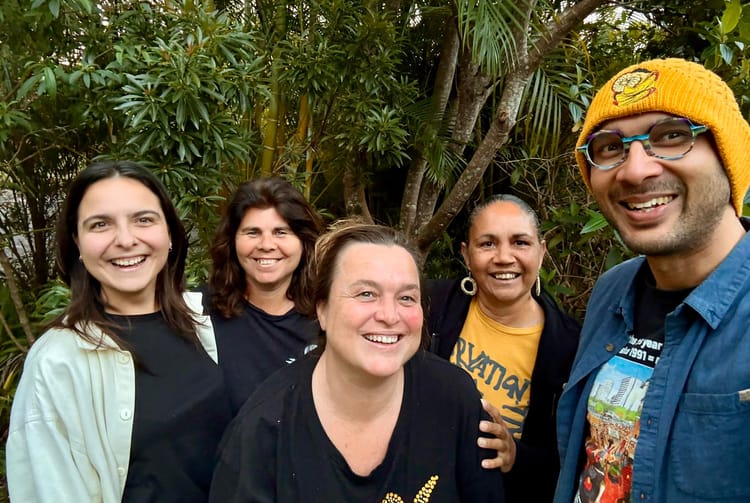
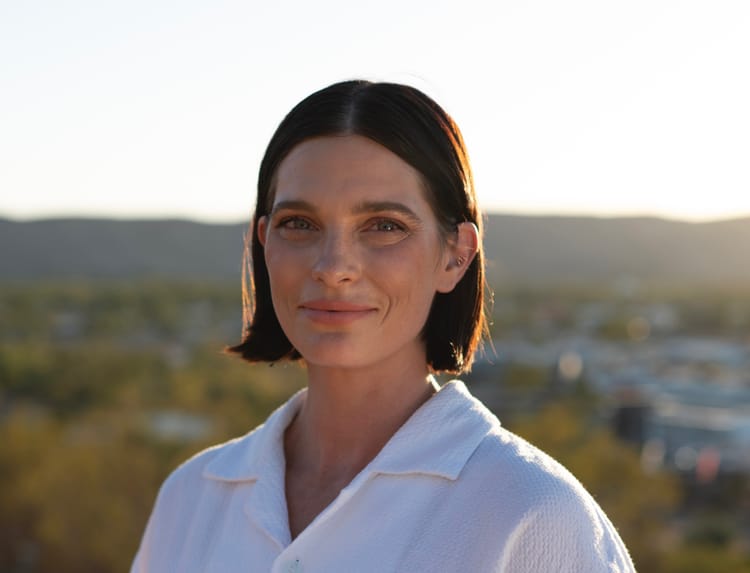
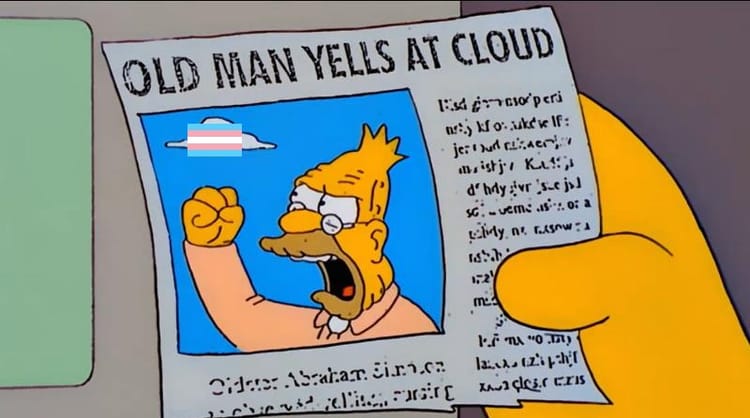
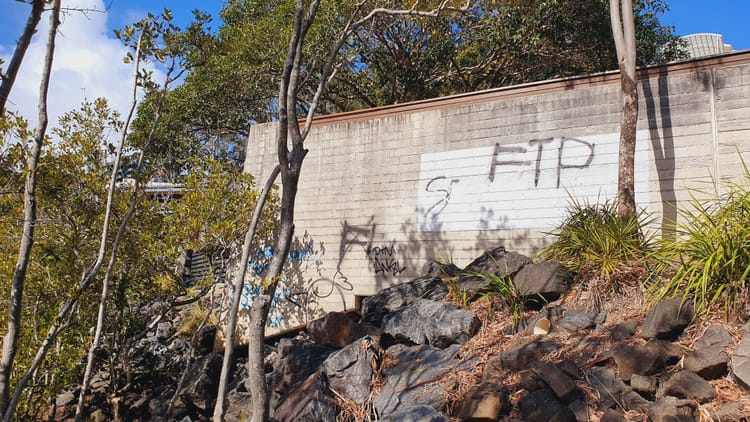
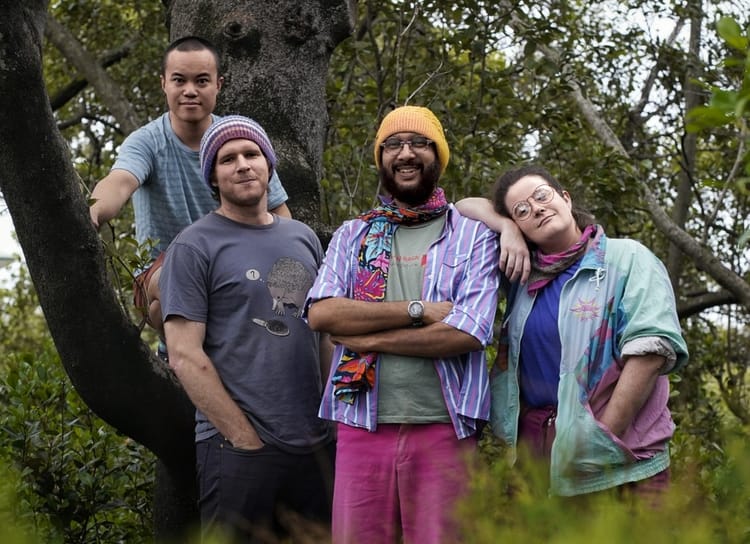
Member discussion